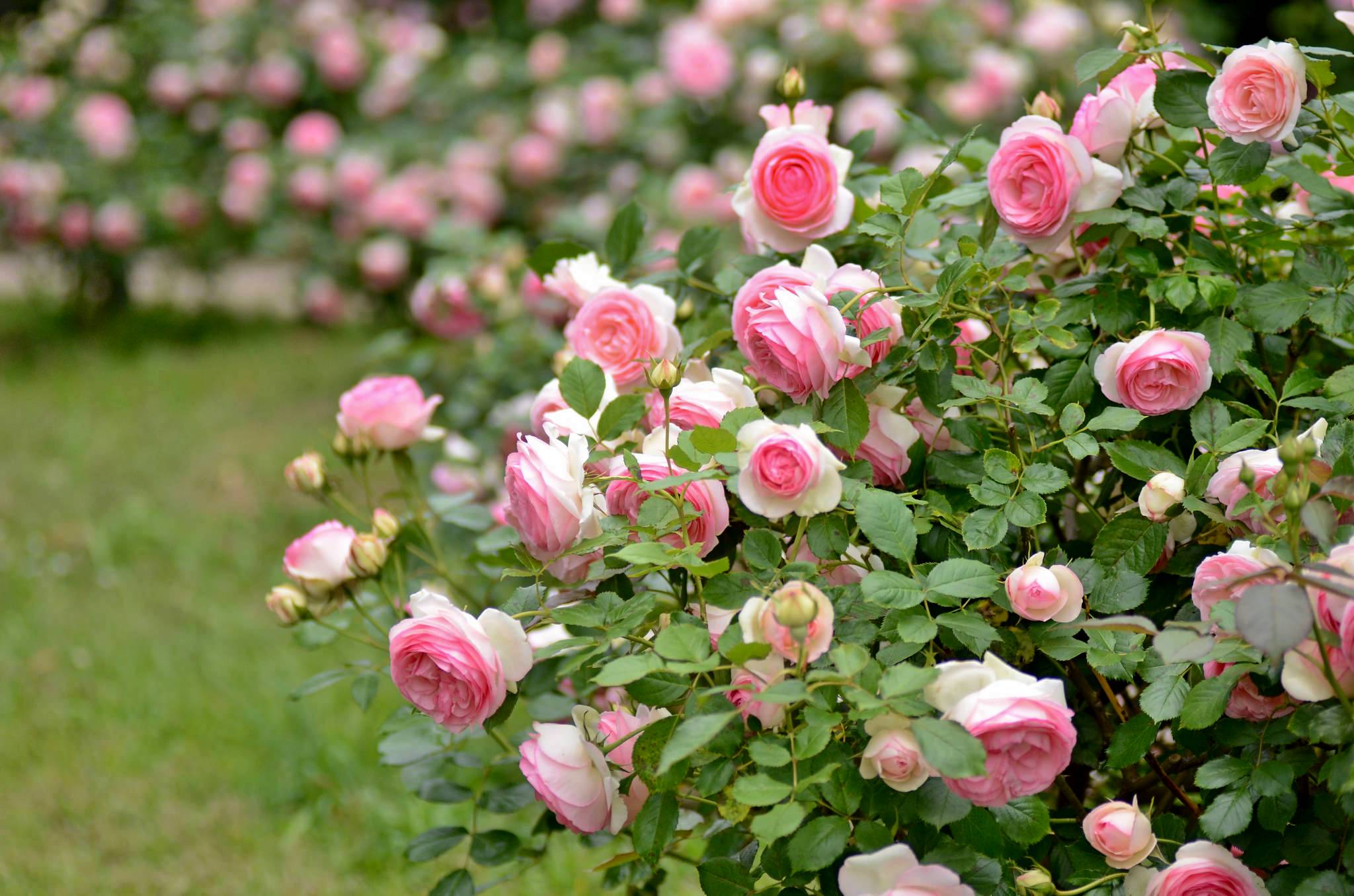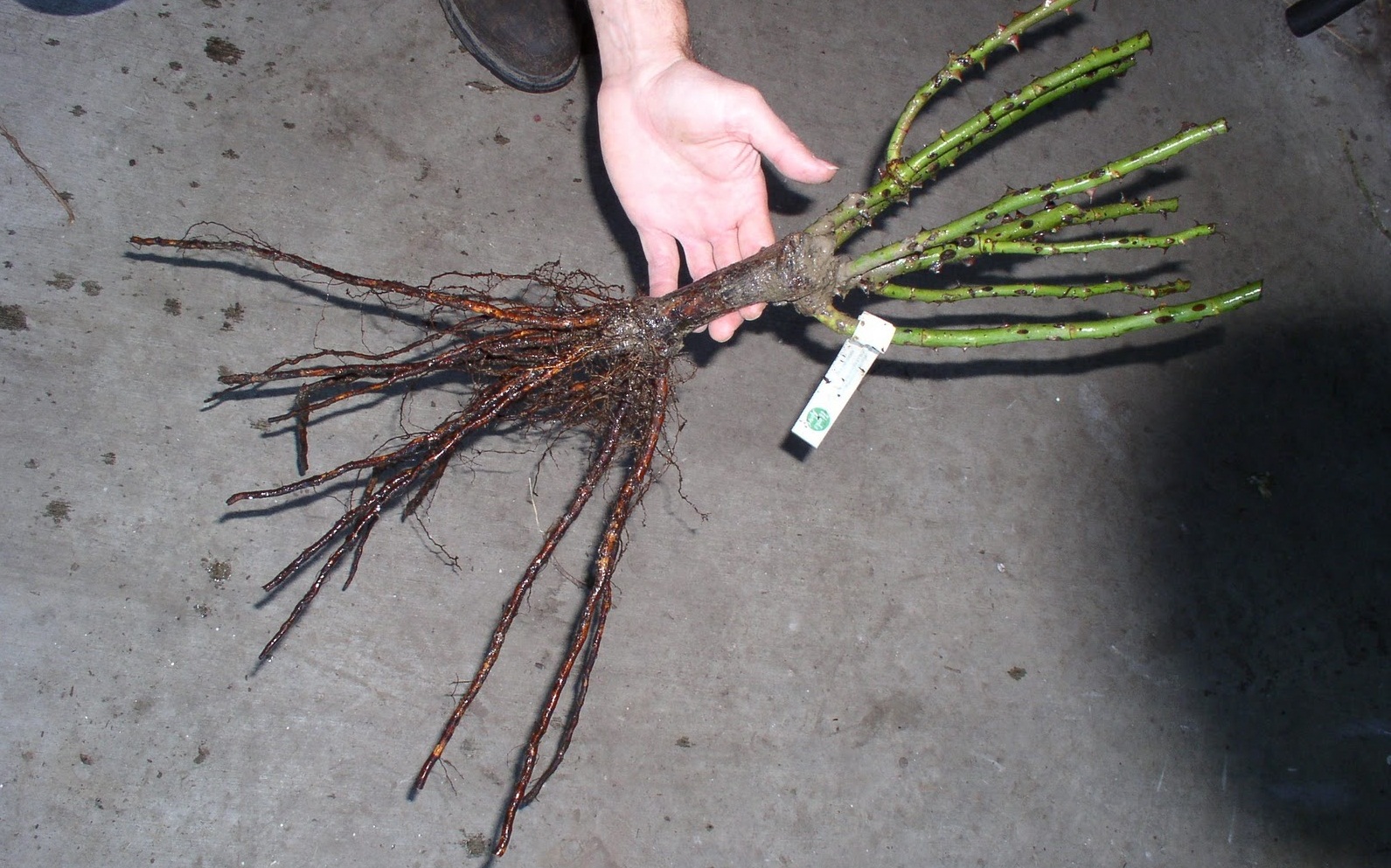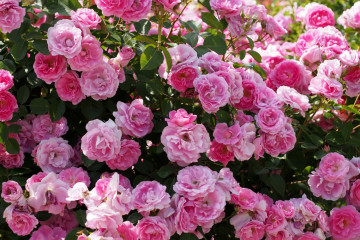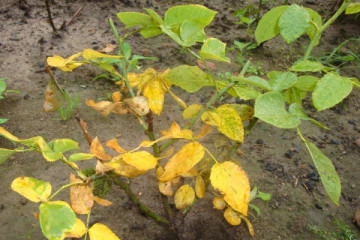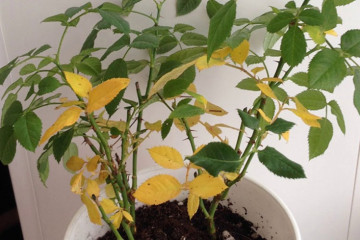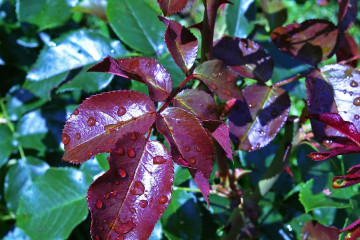Rose leaves - how many should there be, features
Content: [Hide]
Previously, the question of how many leaves a rose had could be answered unequivocally - 5. If there are more of them, it is either reborn or is a rosehip.
The number of leaves in a rose and their description
Previously, there were not as many varieties as now, so the roses only had 5 leaves. Breeders are constantly crossing varieties with each other and breeding new ones, so the situation has changed.
According to various data sheets can be:
- from 3 to 5;
- from 7 to 9;
- from 11 to 13;
- up to 15.
One of the reasons why you need to know the number of leaves is the confidence when buying that the rose is cultivated and not wild. Initially, the rose was like that, but then man domesticated it, like other cultures. When breeding, it sometimes turns out that a new hybrid gets the feature of a wild ancestor - more than 5 leaves. Such cases are quite common.
The structure and characteristics of the plant
A rose is a woody bush that does not have a central shoot, but has several main ones. The adventitious shoots later depart from them. The purpose of the stem is to connect roots to leaves and transfer nutrients in the soil.
They are covered with thorns, which, depending on the variety, are frequent and rare, small and large. Their shape can be crescent, straight, flattened or bent down. Some varieties are completely missing thorns, but most still have them.
The leaves of the rose are feathery, but not paired. The number of leaves is always odd. The lower part of the leaf is attached to the shoot. This is where the kidneys are located. A large leaf is divided into 5-7 small leaves. In most adult plants, they are of different shades of green, in contrast to young ones, in which the color has not yet been fully determined. But a number of varieties also have adult bushes with purple or bronze-copper leaves. The surface of a rose leaf is both smooth and veined. The edges may or may not have denticles. At high humidity, they tend to curl inward.
The flower is composed of sepals, carpels and petals. In shape, the flowers can be like a boat, a ball or a cone, be flat, open or square. It is quite easy to remember how many sepals a rose has, because there are as many of them as it usually has petals, that is, 5. In rare cases, there may be 4.
The root system of the rose is pivotal, fibrous.
How to identify a variety by its appearance
External examination is one of the ways by which you can determine the belonging of a flower to a particular variety.
You need to look at:
- bud color (red, yellow, white, pink);
- their size;
- their shape;
- the shape of the petals;
- the height of the bush;
- the width of the bush;
- the nature of growth (branched, creeping or erect);
- flowering nature (in inflorescences or not);
- single or multiple flowering;
- floral scent (fragrant, similar to something fruity);
- leaves (color, shape, shape, size, pattern, surface);
- spikes, their size and frequency.
After examining the bush, it is necessary to correlate all the signs with the classification of flowers.After that, it will be possible to draw conclusions about the plant variety.
How to distinguish a climbing rose from a simple and bush rose
The climbing rose is easy to distinguish from other varieties during the period of active growth of the plant.
Distinctive features of a climbing rose:
- shoots from 3 to meters long;
- they are bright green and juicy;
- lush crown;
- the branches are not brittle, but flexible;
- the thorns are small, often located.
At the same time, bush and simple culture has the following number of features:
- red shoots;
- over time, the branches change color;
- young leaves have a red tint;
- leaves grow slowly and in smaller quantities;
- spines are sparse and long.
Signs indicating the degeneration of a rose into a rosehip
The regeneration of a plant is not easy to notice because it is a gradual process. The easiest way is to distinguish adult cultures from each other, but with young bushes it is more difficult to do this.
What parts of plants you need to pay attention to:
- Stems. The rose hips are green, and the rose is red.
- Thorns. In rose hips, they are small and located close to each other, while in roses they grow infrequently and their size is larger.
- Leaves. The leaves of the rose are smooth and shiny. Rosehip leaves are rough and covered with villi. This makes them fluffy to the touch.
Why does rebirth take place
The reasons why a rose degenerates into a rosehip:
- The rootstock could have buds. Because of this, besides the shoots of the rose, the shoots of the rose hips also develop. Over time, a wild bush can even crush rose bushes.
- If a rose seedling was planted close to the surface, then the bush grows weak, and is much inferior to the dog rose.
- If a rose bush is sick with something, this makes it more vulnerable, including in front of the stock, which has an increased chance of suppressing the sprouts of the cultivated plant.
What to do in case of degeneration
There are methods to help cope with rose hips.
Pruning
If one procedure is not enough, then subsequent ones will be required. Cutting is done like this:
- First, they get to the roots by digging out the soil.
- Then they look for the very place in which the rose was grafted onto the rosehip.
- Rosehip shoots are carefully cut.
- All cut sites are smeared with iodine (if desired, they can be treated with another means).
How to prevent rebirth
As a preventive measure, the same pruning is used. It must be carried out regardless of whether rebirth occurs or not. Every summer, it is necessary to remove those parts of the plants that dry, begin to wilt or turn black.
You need to cut:
- wild shoots growing straight from the ground;
- flowers that have already faded;
- weak, dry and fast growing shoots;
- stalks on which a white or brown bloom has appeared.
It may be worth completely abandoning the idea of growing roses on the site. Horticultural crops are more difficult to manage, and more effort is needed. Sometimes it is easier to deal with indoor roses growing in a vase or pot, where the rose hips have nowhere to appear. But you still need to remember about the likelihood of diseases and pests, as well as the fact that the sun, for example, can lead to the fact that the plant is burnt and covered with burns.
What roses do not run wild
Roses are:
- vaccinated;
- unvaccinated.
Grafted plants
The peculiarity of grafted shrubs is that they consist of two types. The top of them belongs to a variety that is not strong enough to grow with its own root system. Therefore, another plant with strong and hardy roots is needed - this is the lower part of the grafted bush.
To determine whether a flower is grafted or not, you need to look at its lower part.The graft site looks like a thickened ring protruding from the stem.
Non-grafted plants
They are grown on their own roots. They have a higher risk of getting sick, and they will only get stronger when they grow up. Although some varieties will always be poorly adapted. The stem of unvaccinated crops looks even, without protrusions.
By the leaves of a rose, you can tell whether it is wild or not, but this is not one hundred percent method. You should always pay attention to other signs, because cultivated rose bushes with different numbers of leaves are now widespread.
